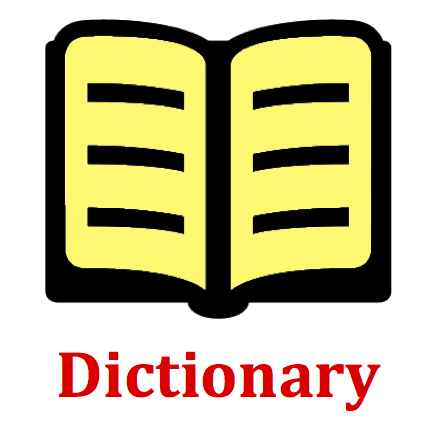Hold down the T key for 3 seconds to activate the audio accessibility mode, at which point you can click the K key to pause and resume audio. Useful for the Check Your Understanding and See Answers.
Mission WE1 Work - Question Group 9 Help

A child is pushing an empty box across a living room floor. The child exerts a constant rightward force upon the box to move it a distance of 2 meters to the right. In this example, the child is doing ____ work upon the box.

When a force acts upon an object to cause (or to hinder) a displacement, Work is done upon the object. Mathematically, work is the dot product of the force and displacement for such a situation.

W = F • d • cosine(Θ)

A force does work upon an object if the object moves and the force somehow directly contributes to or hinders its motion. If there is no motion, then one can be sure that there is no work. In this case, there is clearly a motion - the box is moving. So to determine if the applied force is doing work, and whether it is positive or negative work, you must consider whether it contributes to its motion or hinders its motion. If the applied force contributes to its motion (that is, acts in the direction of its motion), then it does positive work. If the friction force hinders its motion (that is, acts opposite the direction of motion), then it does negative work.
Mathematically, the question as to whether a force does positive or negative work lies in the meaning of Theta (Θ) in the work equation (see Formula Frenzy section). The angle Theta (Θ) is defined as the angle between the force vector and the displacement vector. If the angle is 90 degrees, then the force does not do work upon the object. If the angle is 0 degrees (that is, the force is in the same direction as the motion), then the force does positive work upon the object. And if the angle is 180 degrees (that is, the force is in the opposite direction of the motion), then the force does negative work upon the object.
